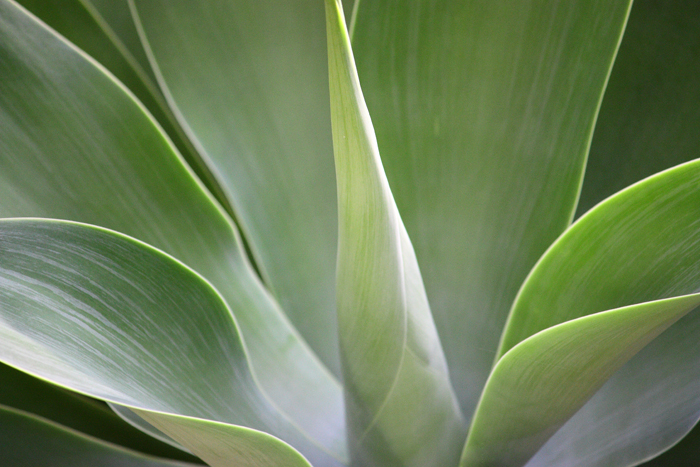 Agave this and agave that and agave everything. It’s one of the newer health food darlings. All sorts of “healthy” recipes are popping up as amazingly safe and good and all things wonderful. Should you be on board? Probably not. Here’s why:
Agave this and agave that and agave everything. It’s one of the newer health food darlings. All sorts of “healthy” recipes are popping up as amazingly safe and good and all things wonderful. Should you be on board? Probably not. Here’s why:
As with many health food products, once some major companies get hold of them, they decline. The same has happened with stevia. Yes, stevia is great for you. No, you’re not getting pure stevia in many of the major label products. The same is true for agave, though probably on an even less than status. While there may still exist some agave that is pure and not too bad for you, it’s a pretty huge guessing game when you’re looking at what to buy. Agave can be a lab-concocted, high fructose mess. That’s not going to benefit your health or make that new recipe healthier for you.
Because of the problems listed above, you can’t know the fructose amount in agave. It may be lower; it may be higher – much higher. It can be so high that it becomes more dangerous to your health than high fructose corn syrup. Sneaky, huh? In reality, you may as well be blindfolded and picking some who-knows-what sweetener if you’re using agave. You’re playing Russian roulette, and, on top of it, spending prime dollars for what probably is a cheap, low quality product.
If your agave has a high fructose content, it also becomes more toxic if you heat it. In addition, pesticides have been found in it. There just isn’t any quality control. Scary.
Manufacturers want you to equate agave with coming from this beautiful, natural plant. Straight from tropical plant into the lovely bottle you buy. Not true; don’t be fooled.
The solution? Skip it. Use stevia or even coconut palm sugar, which tastes sweet and is sweet but at least is unadulterated (as far as I know, currently) and truly has a low glycemic impact, which is what many were going for when switching to agave.